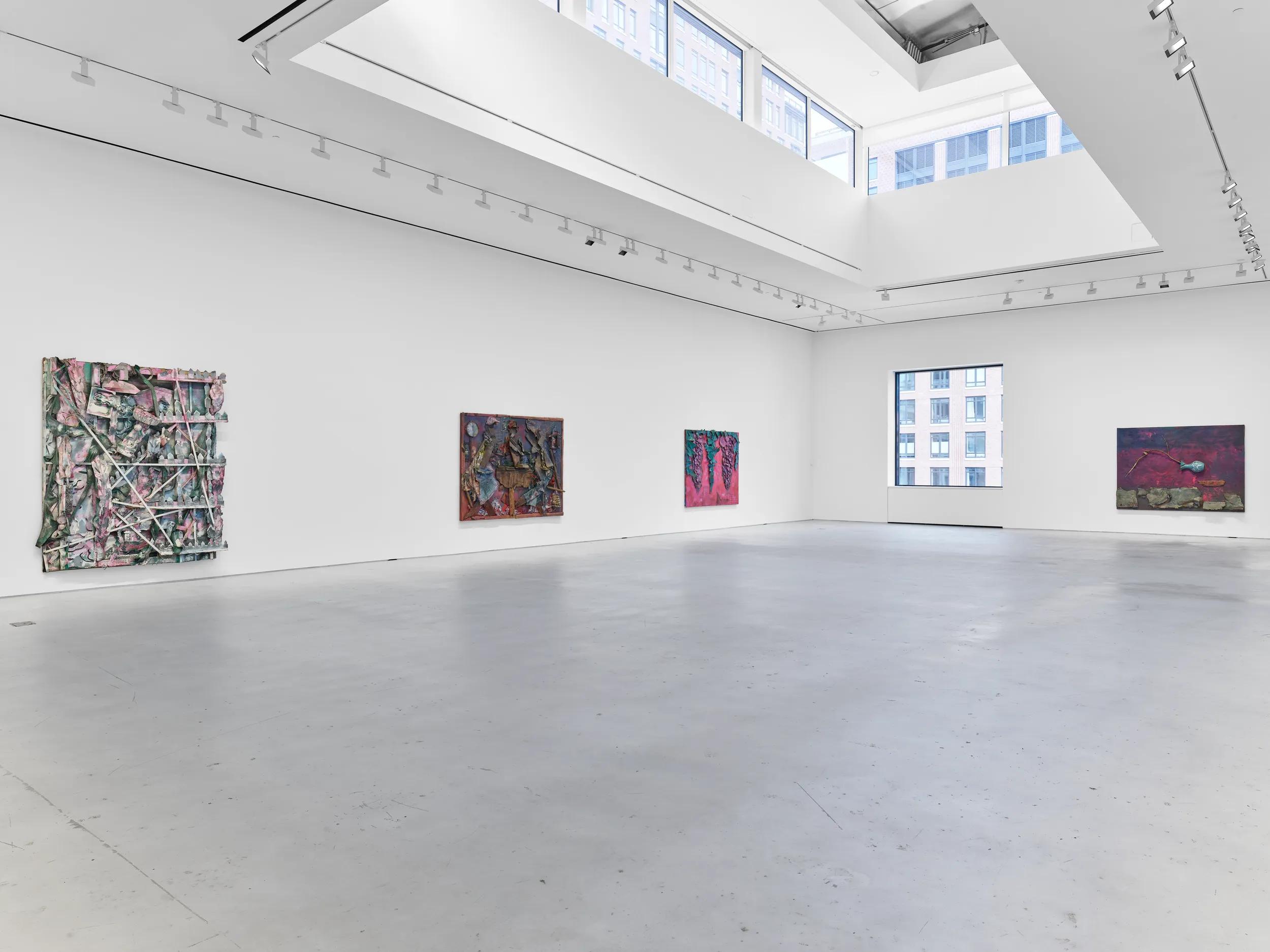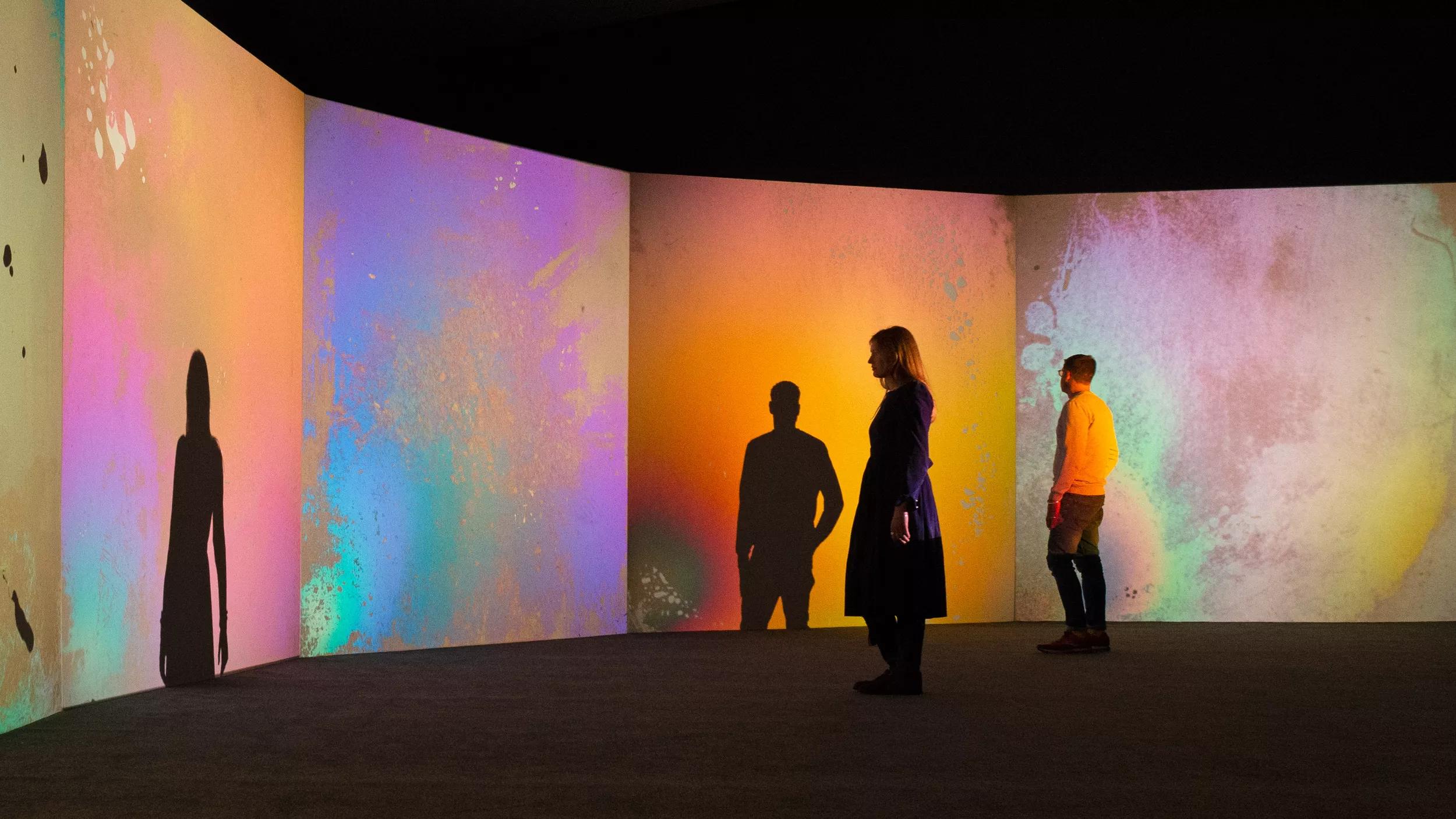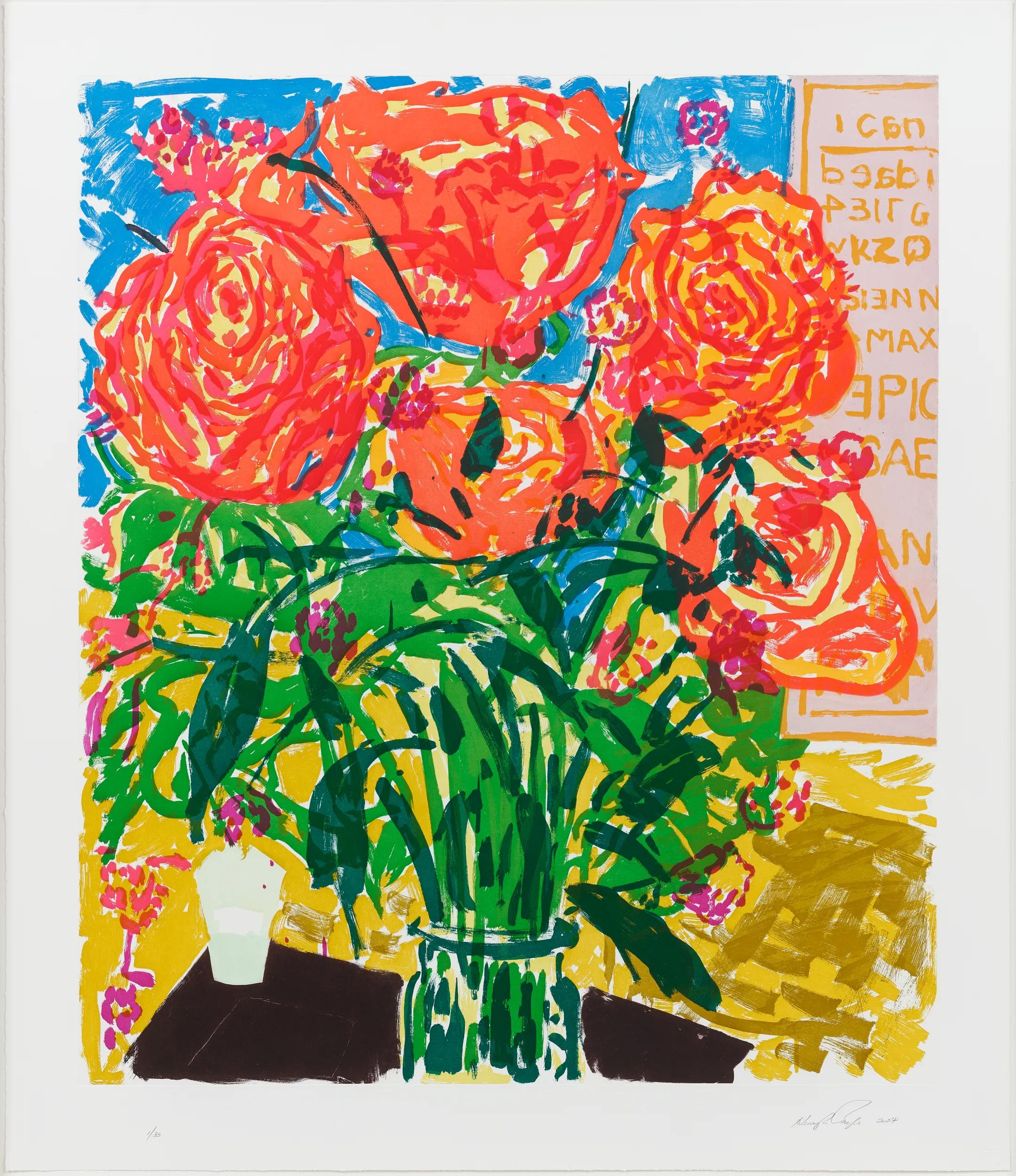
west lands
6 Apr - 1 Jun 2019
Opens on Friday 5 April 2019, 6 – 8 pm
Make, Somerset
About
‘west lands’ celebrates the work of makers who are based in, or have a strong connection with, the South West. Whether working with locally sourced willow, ash wood or sheep’s fleece, materials from the region have been incorporated into many of the works on show. Equally, an exploration of place, environment and landscape have been a source of inspiration.
Anthony Bryant
Anthony Bryant is a wood sculptor based in Cornwall. As a ‘green’ wood turner, his work stretches the potential of the material to its furthest limits – both in scale and in achieving a unique thinness. He is not concerned with function in his work, preferring to explore the sculptural potential of the vessel at the physical limits of woodturning, with the aim to create powerful forms with poise and presence. Bryant has been turning thin-walled green-turned vessels for nearly 40 years, with his style continually evolving over this time. He turns vessels very thinly simply because it allows them to warp and move, as they dry into their own preferred shape. This movement takes place fairly quickly in the days after he has finished making them. He takes some considerable time cutting-up a tree into suitable large lumps as he accurately predicts from experience the direction that the distortion will take as the wood rapidly dries once the sap is flung out and the stresses are released.
Hilary Burns
Hilary Burns grows, harvests and processes the materials for her basket work, with her making developing in response. More than twenty years ago she planted a willow bed on the Dartington estate in Devon. The selection of different varieties came from the national collection of basketry willows. Each type displays different characteristics; changes in the weather each year affect their growth. Stem colours develop as the leaves fall and she harvests in February until the plants leaf in the Spring. The cutting, grading, bundling, drying and re- soaking before use is a long process.
For ‘west lands’, alongside the willow and hedgerow materials, Burns has used small diameter wood; this requires different treatment and tools, cleaving and shaving. Also large ash, pounded to release the annual growth rings and make splints. Burns works with a repertoire of traditional basketry techniques, aiming to achieve a freshness with the materials and to find satisfying forms. For the exhibition, she has concentrated on a set of oval baskets based on hoops and bowl shapes.
Stephanie Buttle
Stephanie Buttle lives and works in Somerset. She has contributed ceramic pieces to the exhibition in the form of a collection of three sculptural clay mixed media works that consider the accommodation and relationship of two contrasting materials. For Buttle, the impact and fusion of these two materials are central to the theme of the ‘west lands’ show. The found object within each work has been selected for its form and loose or direct providence with her personal response to the landscape off the A303.
Jonty Sale
Wiltshire-based, Jonty Sale photographs in black and white with large format analogue cameras. The slow deliberation which comes with this approach allows Sale greater clarity and fluidity. The images convey the experience of moving in and through an environment; holding the feeling that comes with taking notice of a place acutely. To be static in the landscape, and to consider the total visual stimulation is to be overwhelmed (and to know your place), and renders the single viewpoint insufficient. The superimposition of exposures, amounting to simultaneous seeing, therefore serves to compress the multi-dimensional natural environment into the two-dimensional photographic print, whilst creating an ambiguous surface and tilting the relationship between firm ground and suggested form. Rooted in his archaeological background is the perception of the landscape as palimpsest, where the concepts of time and space are often compacted and rearranged, where layered evidence is slowly disclosed, and where the equivocality of interpretation is acknowledged. These photographs, produced and printed especially for Make, regard landscape as source material; as premise rather than objective.
Caroline Sharp
Caroline Sharp is based in Dorset where she creates her woven and clay forms. Weaving is a form of meditation for Sharp and is increasingly important to her, together with the process and the philosophy of slow making. For this exhibition, she is exploring the use of both clay and wood in making small scale abstract sculptural forms, suggestive of seeds. The added stems refer to sprouting green shoots and windblown aids of dispersal. Sharp’s woven, capsule structures are influenced by the natural form of organic seedpods. The tips of the stems and the catkin buds are left exposed to evoke fragility and transience. Respecting the properties and source of her materials has deep significance: Dorset birch, white poplar, willow from Somerset; her stoneware clay and locally sourced clay slip, willow ash glazes.
Joanna Still
Joanna Still was born and raised in the West Country and has long worked from her Wiltshire studio. The series of unglazed vessels exhibited reflect her continued interest in the material and the elemental characteristics of the firing process. The physical immediacy of working with clay, complemented by ‘smoke firing’, creates surfaces of texture and an illusion of depth and space. These qualities allow Still an imaginative exploration of landscape within the form of the vessel.
The vessels for ‘west lands’ have been made on a potter’s wheel using a coarse clay body. The surface is given texture and colour by the addition of clay slips and oxides. After an initial firing in an electric kiln the pots are buried in a kiln chamber filled with sawdust, wood shavings and ash. This is lit from above and burns slowly down over several days creating a smoke filled (reduction) atmosphere which affects the pieces in unusual ways, leaving some areas deeply carbonised, others with partially revealed colour and smoke shadows.
Bristol Weaving Mill
The Bristol Weaving Mill specialises in designing and weaving fabrics and products using sustainable natural fibres, recycled and reclaimed yarns alongside small-batch artisanal fibres from individual farms and breeders. For this exhibition they have woven a series of textile panels using natural un-dyed wool yarn from farmers around the Somerset area, accentuating the natural earthy and warm colours of the animal’s fleece through pure and blended fibre colours. These un-dyed fibres speak of the local landscape and breeds of sheep which show a spectrum of historical and modern farming practices through local small-scale rare breed and commercial farming.
To compliment these wool fibres and integrate them with their working practices at The Bristol Weaving Mill, they are combining these yarns with weaving loom selvedge waste collected from their mill over the past twelve months. The selvedge waste tells the story of The Bristol Weaving Mill over a period of one year, much like a soil core or time-line of activity. Just as the natural colour of the local wool fibres speak of the landscape and climate conditions over the same period, by combining these materials together, they are creating textile panels that tell a story of their small business and the local area through texture, colour and added dimension brought in through experimental weave structures.
Current Exhibitions

Thornton Dial - The Visible and the Invisible
2 November 2024 – 11 January 2025
New York, 22nd Street

Thornton Dial - The Visible and the Invisible
2 November 2024 – 11 January 2025
New York, 22nd Street
1 / 9














